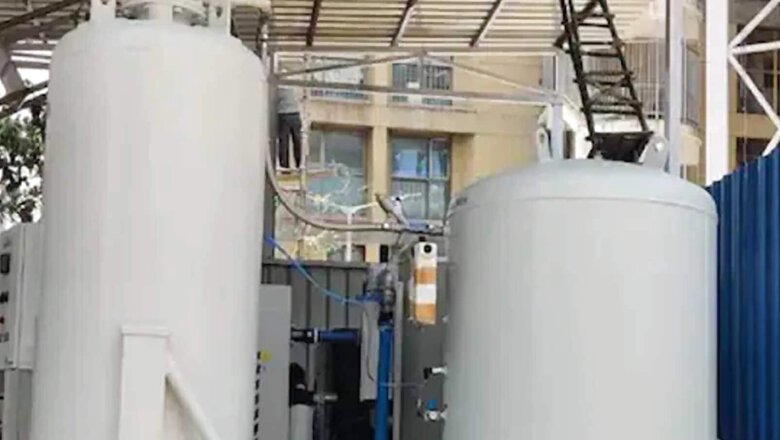
views
The medical infrastructure to combat the ongoing third wave of the Coronavirus pandemic in the country has been ramped up on a massive scale. According to the Centre, the health infrastructure has been doubled in comparison to the second wave of pandemic that caused havoc in the country last year. When the second wave of the pandemic was at its peak last year, the oxygen production capacity in India was 9500 metric tons, but at present, it has reached 19,236 metric tons, according to Union Health Ministry data.
During the second wave, patients were running post to pillars for oxygen cylinders and to get admitted to hospitals. Now, Covid-19 cases in the country are increasing with the Omicron variant of the virus spreading at a faster rate. However, this time India is also fully prepared to deal with the situation thanks to enhanced infrastructure.
According to the Health Ministry’s data, there has been an increase of 28 times in Covid-19 cases in the last 13 days. India, as of January 12, recorded 1,94,720 fresh Covid-19 cases and 442 deaths. Covid-19 positivity rate now stands at 11.05 percent with 9,55,319 actives cases, the highest in 211 days.
Last year on May 7, India recorded the highest 4.40 lakh new Covid-19 cases in a day. This figure will be surpassed with an alarming increase in the rate of infection, medical experts warned.
The study done on Omicron in South Africa shows that though the cases of infection increase at a very fast rate, it also falls down at the same speed.
The officials, however, have said that there is no reason for any panic in the country. They said that this time the government has made preparations to deal with the situation.
“Most of the cases are asymptomatic or with mild symptoms. With vaccination, the possibility of a Covid patient reaching the hospital is very less. I do not think that more oxygen will be needed in our country than the current production capacity,” an official of the health ministry said.
Read all the Latest India News here



















Comments
0 comment